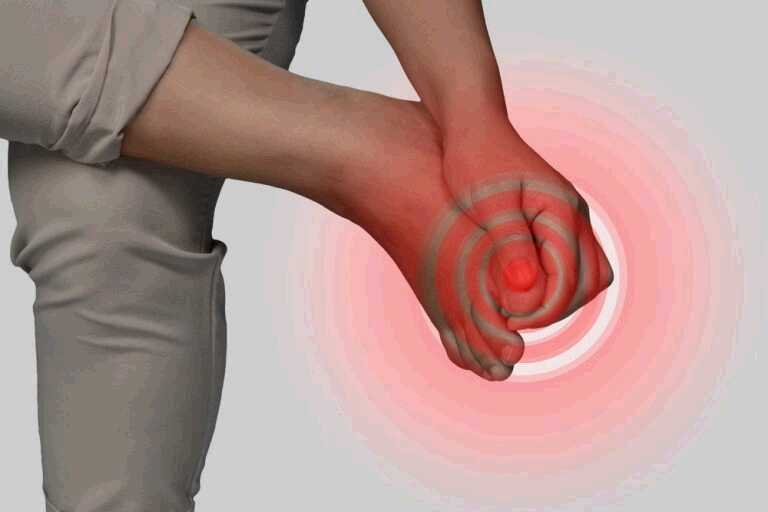
It’s important for diabetics to maintain proper foot care, especially since diabetes causes poor blood circulation which damages the nerves supplying the distal extremities. Nerve damage, in turn, leads to sensory problems like painful, tingling sensations as well as sensory loss.
Sensory problems cause extensive numbness and decreased pain sensation in diabetics, which is why they are discouraged from going barefoot at home to avoid stepping on something hard or sharp. But stepping on hard or sharp objects isn’t the only thing people with diabetes have to watch out for. They should also watch out for any developing ingrown toenail.
However, ingrown toenails develop slowly, and sensory problems make them miss the common signs and symptoms associated with it. It is for this reason why diabetics should be made aware of the signs and symptoms of ingrown toenails.
Pain and Tenderness
Although nerve damage causes sensory loss, you will still feel some pain and tenderness on one side or both sides of your toe. So when you’re checking your feet, gently press on each side of your toes and note for any of these symptoms.
Swelling Around the Nail
If there’s pain or tenderness in the toe, then there’s bound to be some swelling around the area as well.
Skin damage happens when the corner of the nail pushes into the soft flesh and causes superficial laceration. The tissue injury will trigger the release of pro-inflammatory chemicals and cause a rush of white blood cells into the area, resulting in swelling and inflammation.
Inflammation also triggers the release of chemicals that stimulate the nerve endings, resulting in pain and tenderness.
Redness Around the Toe
If there’s swelling, then there will also be some redness around the nail. This is caused by the vasodilation of blood vessels as blood rush to the area to get rid of the irritant and flush out the debris caused by inflammation.
Warmth Around the Toe
The rush of blood to the inflamed area increases the temperature around it. So when you palpate the toe, you will feel some warmth.
Infection
Left untreated, ingrown toenails can cause infection. The symptoms include increased pain, swelling, redness, and warmth around the toenail. There will also be some drainage of pus from the infected site and red streaks that extend up to the leg (a sign that the infection is spreading). Fever and malaise may also accompany severe wound infection.
Don’t wait for these signs and symptoms to appear. Always make sure that you inspect your foot properly. If you notice any of these symptoms, visit your doctor immediately.
References